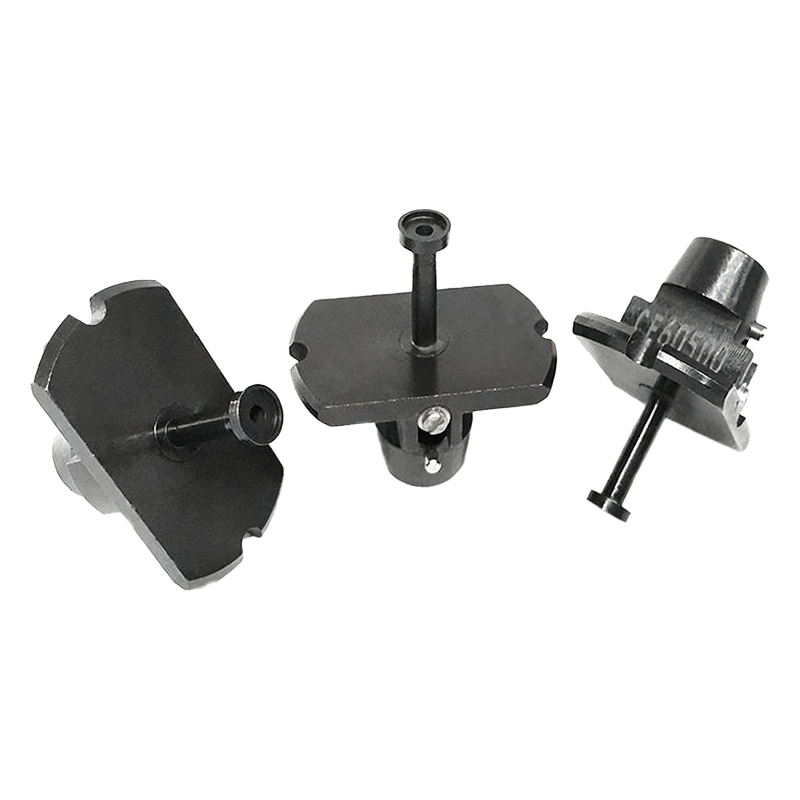How to Optimize Production Efficiency with SMT Nozzles
SMT nozzles are a critical component in surface mount technology and are widely used in the electronics manufacturing industry. Optimizing production efficiency through SMT nozzles is an ongoing concern for electronics manufacturers. This article explores four key aspects—nozzle type selection, maintenance, replacement, and regular inspection—to improve the operational efficiency of SMT nozzles and reduce production costs.
I. Selecting the Right Nozzle Type
There is a wide range of SMT nozzle types, and different brands, models, and materials all impact production efficiency. When selecting an SMT nozzle, factors such as product type, specifications, quality requirements, component packaging, and production environment must be considered to choose the most suitable nozzle for optimal results.
For example, J-type and H-type nozzles are ideal for QFP-packaged components, while BGA-packaged components require height-adjustable nozzles to ensure stable adsorption and fixation. Additionally, the production environment’s temperature, humidity, and dust levels should be taken into account—antistatic materials are recommended for relevant scenarios. High-quality nozzles further guarantee efficiency and stability during production.
II. Maintenance
SMT nozzles require regular maintenance during production to sustain performance. Key maintenance tasks include:
Cleaning nozzles before each use
Timely replacement of filter elements
Clearing pipelines and filter bases to ensure fresh air supply and unobstructed pipelines
These steps minimize nozzle clogging, which directly impairs adsorption efficiency and hinders production. Additionally, select cleaning agents based on the nozzle material and usage frequency: use specialized cleaning fluids for metal nozzles and dedicated cleaners for plastic nozzles to maintain optimal nozzle condition and extend service life.
III. Replacement
SMT nozzles experience wear and aging over time and require timely replacement. The replacement cycle depends on factors such as usage frequency and material. If abnormalities occur during operation—such as component dragging, leakage, or poor fixation—immediately inspect and replace damaged nozzles.
Regular replacement maintains nozzle adhesion and integrity, enhances adsorption force, reduces product quality issues, and ensures stable production efficiency.
IV. Regular Inspection
The service life of SMT nozzles also depends on continuous operating duration. Long-term used nozzles require regular inspections to check for damage such as cracks, oxidation, and wear. Additionally, verify that conveyor belt routes are consistent and standardized, as irregular routes can also affect production efficiency.
The purpose of regular inspections is to ensure SMT nozzles function properly. Timely resolution of detected issues prevents nozzle malfunctions from disrupting the entire production line’s efficiency.
In summary, improving SMT nozzle efficiency requires thorough attention to selection, maintenance, replacement, and regular inspection. Choosing suitable, durable nozzles, implementing proper maintenance, replacing damaged nozzles promptly, and conducting regular status checks to keep nozzles in efficient, stable operation—all these measures contribute to optimizing the production efficiency of SMT nozzle

